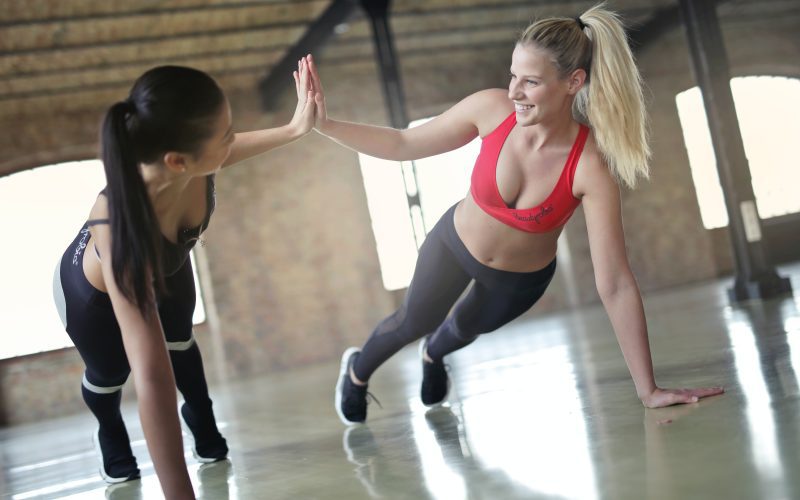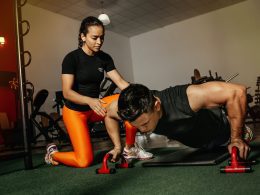In the realm of fitness, certain terms often perpetuate gender stereotypes and undermine the true potential of individuals. One such misnomer that demands our attention is the widely used term “girl push-ups.” In this article, we aim to challenge the notion that push-ups modified on the knees are inherently feminine or inferior. Let’s delve into the reasons why the so-called “girl” push-ups are a misnomer and why they deserve recognition and respect.
The Historical Connotation: To understand the origins of the term “girl push-ups,” we must look back to a time when societal norms heavily restricted women’s participation in physical activities. In an era when athleticism was predominantly associated with men, women were often discouraged from engaging in strength-based exercises. Consequently, push-ups performed on the knees were introduced as an alternative, creating a distinction between the “real” push-ups and the supposedly easier version.
Breaking Down the Stereotypes: It is crucial to dispel the notion that push-ups on the knees are inherently easier or less effective. While it is true that modifying the exercise by placing the knees on the ground reduces the load on the upper body, it does not imply that the exercise is any less challenging or beneficial. Push-ups performed on the knees still engage the chest, arms, and core muscles, strengthening and toning them over time.
Inclusivity and Accessibility: Fitness should be inclusive, accommodating individuals of all abilities and levels of strength. By labeling modified push-ups as “girl” push-ups, we perpetuate the harmful notion that femininity equates to weakness. This terminology not only alienates women who desire to build strength but also undermines the efforts of men who find traditional push-ups difficult due to various reasons, such as injuries or initial fitness levels.
Progressive Approach: Embracing a more progressive and inclusive approach to fitness requires discarding outdated terms that perpetuate gender stereotypes. Instead, we should encourage everyone to perform push-ups in a way that suits their individual capabilities and fitness goals. By focusing on personal progress rather than conforming to arbitrary standards, individuals can cultivate a healthier mindset and appreciate the diversity in fitness journeys.
Redefining Fitness: The time has come to redefine our understanding of fitness and eradicate the gender biases embedded in its language. Fitness should be about empowering individuals, irrespective of their gender, to embark on a journey of self-improvement and strength-building. By shifting the narrative surrounding push-ups, we can create a more inclusive environment that encourages people of all genders to embrace their strength and push beyond their limits.
Conclusion: The term “girl push-ups” is a misnomer that perpetuates stereotypes and undermines the diversity of strength-building journeys. We must challenge this terminology and promote a more inclusive approach to fitness. By breaking down gender-based labels, we can create an environment where everyone feels empowered to pursue their fitness goals, celebrating their unique strengths and accomplishments. It’s time to redefine strength and leave the concept of “girl push-ups” behind.












